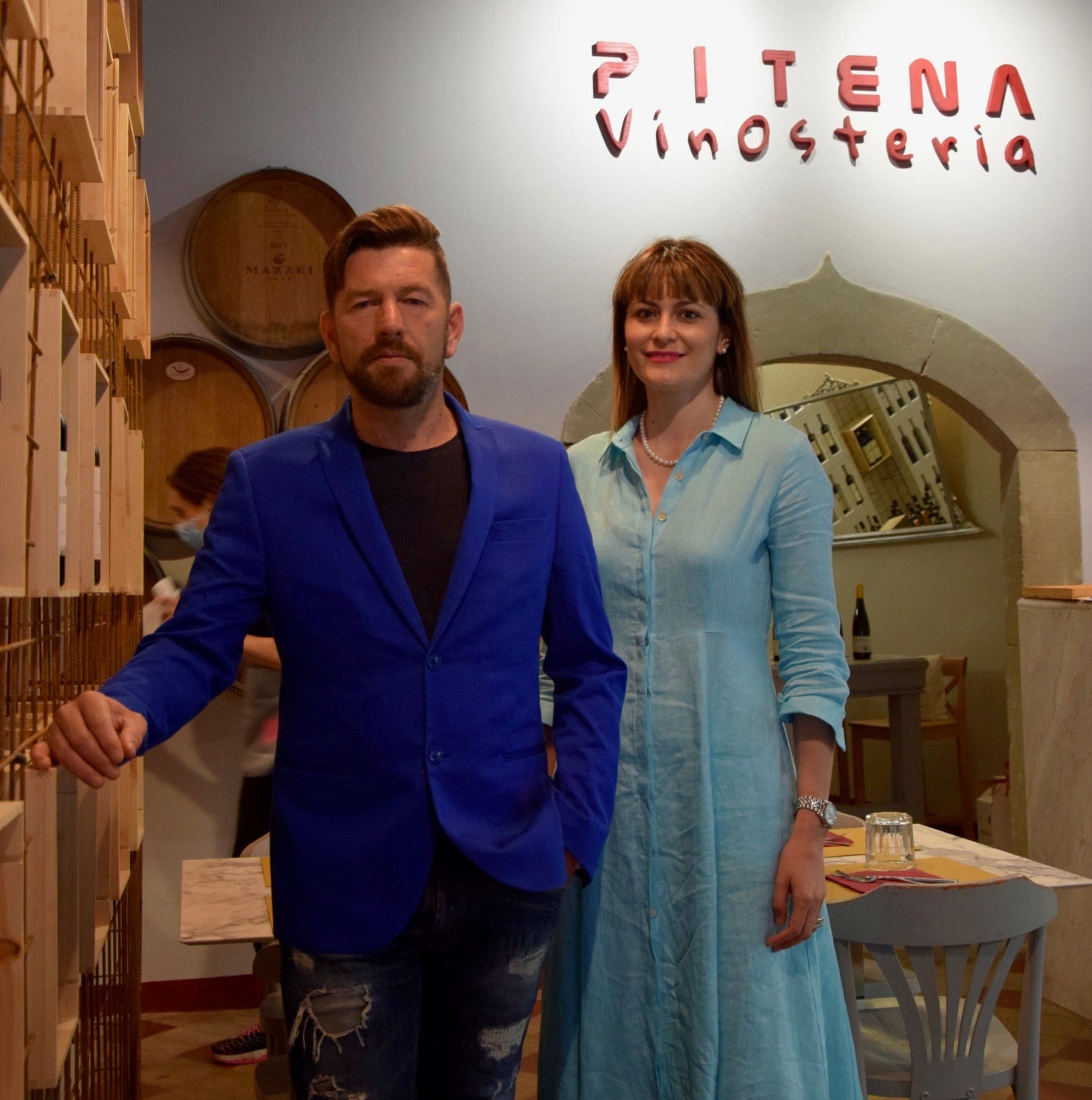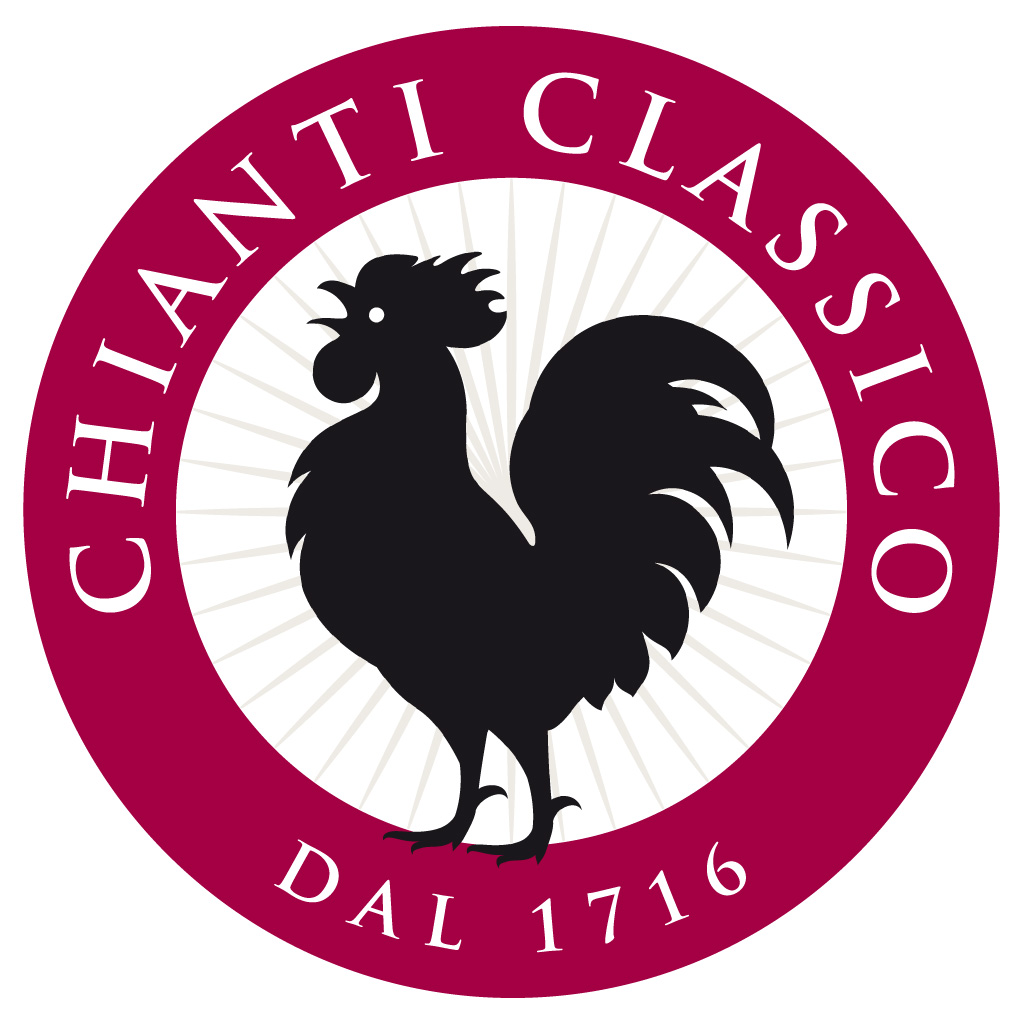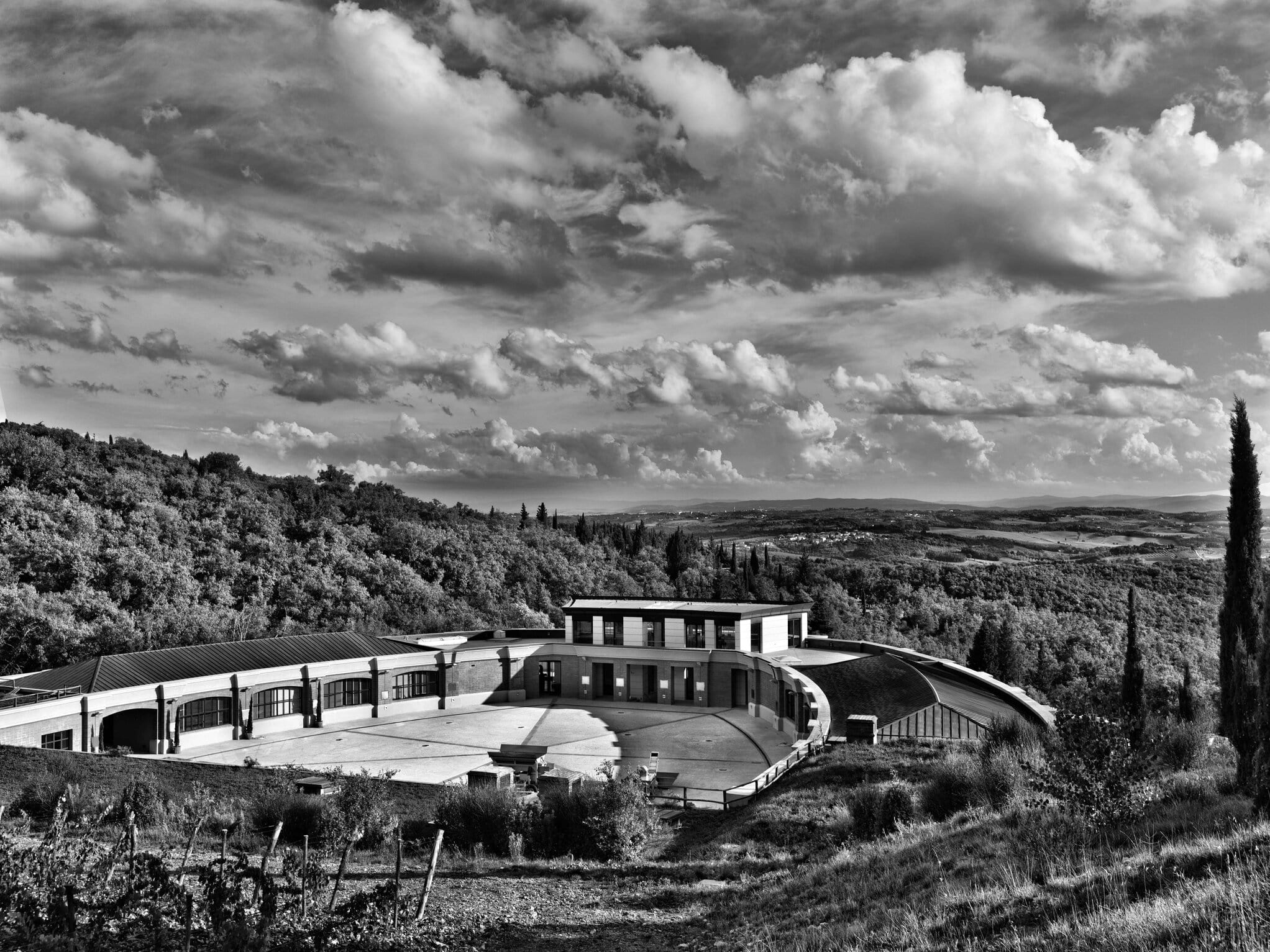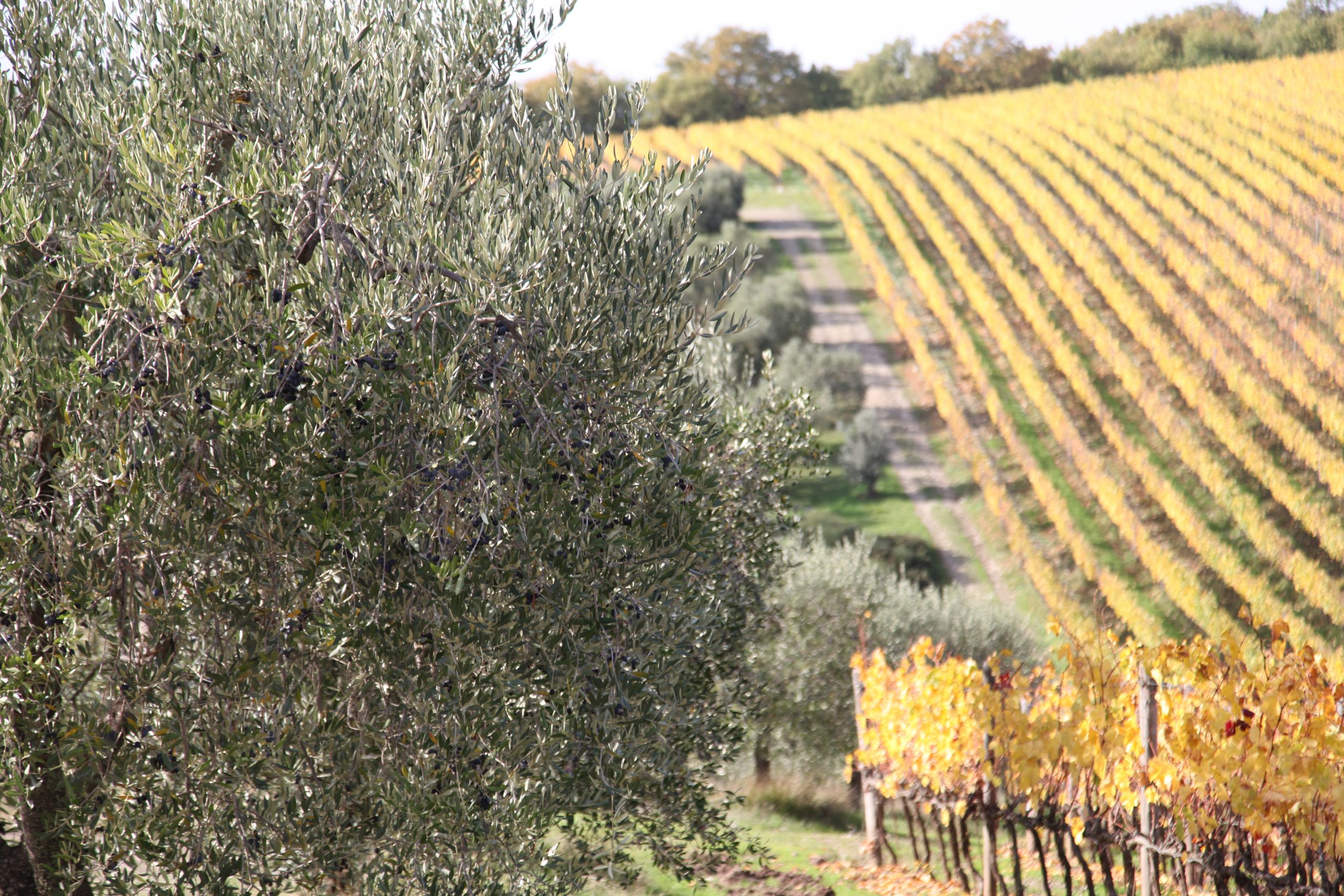The 500 years of Villa Calcinaia are not only a tribute to the past, but a declaration of intent for the future. The Capponi family continues to work to keep Chianti Classico among the world’s excellences, combining the rediscovery of ancient vine varieties with innovative techniques to address modern challenges, such as climate change.
read more >Tag: Chianti Classico
In Grignanello today wines without added sulphites are produced following rigorous biological and biodynamic canons. The vineyards, more than 50 years old, extend for about five and a half hectares and are composed of the historic Chianti varieties: Sangiovese, Canaiolo, black Malvasia, Colorino, Trebbiano, and long white Malvasia. In the cellar, an evocative and magical environment, vinification is carried out in beautiful terracotta amphorae from Impruneta, from which red, macerated white and rosé wines are obtained, with an experimental production of passito.
read more >Today Il Pitena successfully continues its activity as a Lounge Bar, but, since 2019, it has been joined by one of the projects that Betty and Daniele care the most about: Il Pitena Vinosteria.
read more >According to the Consortium, the fame of the black rooster and the similarity with the coloured rooster could generate, in consumer perception, a link between the two brands, so much so that it could give an undue advantage to the Lazio company. A company that, for its part, emphasized the difference between the two roosters: while the black rooster is a collective brand and designates a series of red wines that come from Chianti, the coloured rooster is an individual brand relating to a Vermentino produced in Gallura, an area of Sardinia which owes its name to the same bird. Asked to rule on the request for registration of the coloured rooster, the European Intellectual Property Office compared the two trademarks and, essentially agreeing with the arguments from Chianti, rejected it. As a result, the Lazio company asked the European Court to rule on the refusal of registration.
read more >The Castle has been owned since 1964 by the Matta family, who in the 1980s began in the accommodation business with six apartments inside the castle. Currently there are 16 guestrooms, including those inside the castle and the suites in the rectory. Under the walls we find an enchanting swimming pool with a panoramic view over the valley, a delight for the eyes.
read more >The wine cellar visit is structured as a ‘wine experience’: technical, emotive, sophisticated. The goal is to experience it without predefined paths, passing through the vinification, the vat, the concept of working with gravitational flow. Finally, the curtain opens on the barriccaia, a theatrical scenography with details that condense into a refined show.
read more >Volpaia currently has 33 inhabitants and 4 restaurants: the properties have now been reunited in large part by the Mascheroni Stianti family. In addition to the prestigious winery there is also a farmhouse, a restaurant and a bakery. The vegetables that arrive on the Castle’s tables come from half a hectare of a strictly organic vegetable garden. In fact, since 2000, the Volpaia winery too has been certified as organic.
The winery extends within the village buildings, connected by an engineering masterpiece: an underground wine pipeline, which goes under the streets of the town.
BY SIMONE BANDINI We are with Silvia and Marco Barneschi at the Podere La Piaggia: and around a rugged rustic wooden table we taste their new extra virgin olive oil on a bruschetta, before trying other ‘magic’ bottles of oil flavoured in the old fashioned way. To get to the two siblings we went down […]
read more >BY SIMONE BANDINI Our journey to discover the Radda in Chianti area continues – begun with the Mayor Pier Paolo Mugnaini and architect Daniele Barbucci – and in particular its winemaking tradition. Let’s take a cue from the recent awards that have fallen like rain on local producers: seven vineyards awarded three glasses by the […]
read more >BY GIOVANNI SALVIETTI In autumn, when the trees undress themselves, and let their leaves fall, as if they were daughters making light silk dresses for themselves, the olive tree bears its fruits created with difficulty in a long-awaited gestation. Thanks to an ancient process of transformation its liquid gold is distilled: extra virgin olive oil, […]
read more >“It is properly called Albola, a slope known for its vineyards, from which you may get the best wines of Chianti” notes Emanuele Repetti in 1841, in his Dizionario Fisico geografico del Granducato di Toscana. We meet right here, among the highest hills of Chianti Classico, in a townlet that has its roots in […]
read more >








